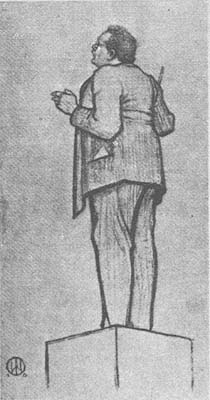
|
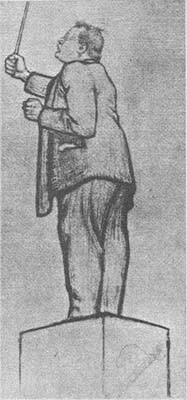
|

|

|
From 1911 until 1914, Reger was the chief conductor of the Hofkapelle in Meiningen. The orchestra was founded by Georg II, Herzog von Sachsen-Meiningen. Reger followed Hans von Bülow, Richard Strauß, Fritz Steinbach and Wilhelm Berger in this position. In an extremely short time, Reger became one of Germany's most well-known conductors. He visited with "his" orchestra many cities in- and outside Germany. Reger's career as conductor spanned only three years before Reger had to give up the job because of his failing health. The Herzog died only a few days before Reger finally laid down the baton. The Herzog was buried on the first day of WWI. In hindsight, it seems as if symbolically, the Germany that was, was buried at this day. But nobody noticed.
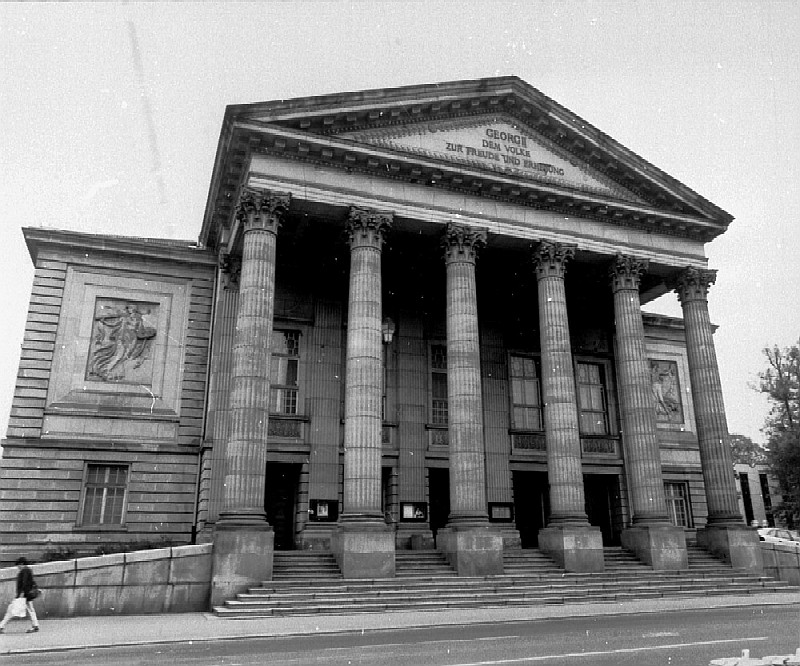
During the first year Reger conducted the Hofkapelle, he was influenced and impressed by the works of Claude Debussy. Reger highly respected and conducted also Walzer of Johann Strauß, whose music he is said to have conducted with a special elegance. The first compositional result of the new job was "An die Hoffnung" opus 124 for alto and orchestra. Opus 124 is so very well written for orchestra. To me, it is the treasure among the works of Max Reger. Guido Bagier already gives great credits and special attention to this composition in his exquisite Reger-monograph of 1923. On my site about the great conductor Eugen Jochum, I published some notes on "An die Hoffnung".
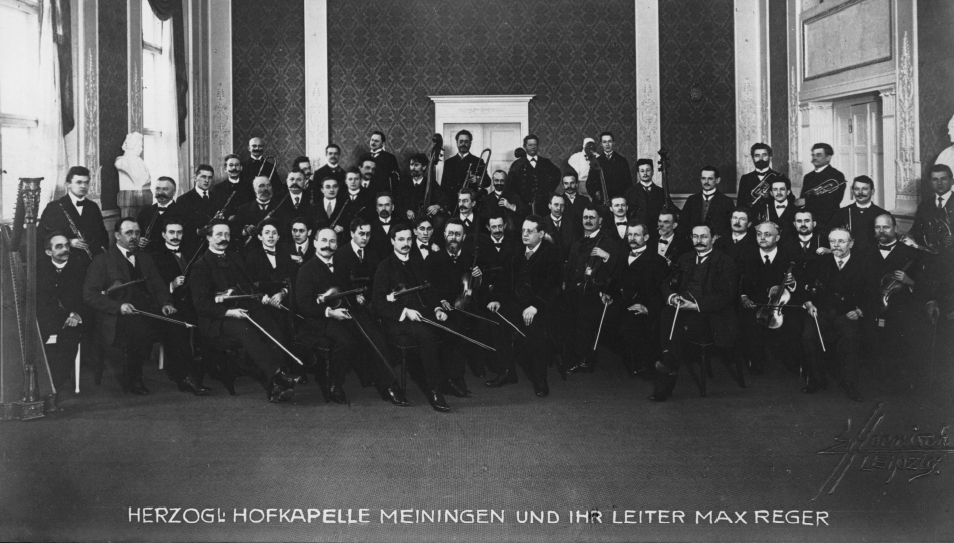
The photo of Reger and his orchestra above also provides us with an insight in the way we should perform Reger's later orchestral works. The Meiningen-orchestra contained, according to Guido Bagier (1923, page 100) 52 members (51 are seen on the photo above). Present-day symphony-orchestras usually employ 80-100 members. Especially when performing the Ballett-Suite opus 130 and the Mozart variations opus 132, one should consider to reduce the number of players according to Regers orchestra.
P>The Ballett-Suite, perhaps the most typical Meiningen-work, is nowadays often played by to large orchestras. Most conductors consequently obscure the immense number of details Reger put in this score ("etwas unendlich Graziözes, etwas urfeines im Klang, zierlich in Musik und spinnwebenfein instrumentiert " as he put it in a letter to Karl Straube of December 8, 1912). Indeed, read this score and discover all those details!The score itself is hard to acquire nowadys but I am so fortunate as to possess an A4-format study-score from 1913. After you have read this score, you'll listen to the Ballett-Suite in a different way: it is no so much the beautiful melodies that count, but the combination of melody, harmony, structure and an almost baroque number of orchestral details which together form an unique sequence of musical pieces. Few conductors and few orchestras are able to perform this work in an adequate way. The Ballett-Suite is a difficult masterpiece, really underrated nowadays.
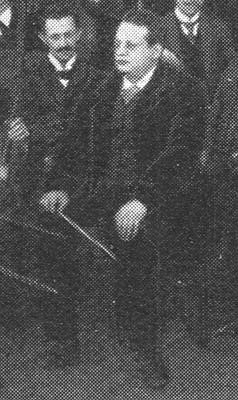
This seems also the way how Reger conducted: always busy with harmony, melody, structure and details of all scores he conducted. He was not a classical conductor-dictator but a re-inventor: the music was shaped anew every time. The results were overwhelming, accordingly to the contemporary press.
Reger kept a sort of diary during the years he stood at the Pult of the Meiningen Hofkapelle. Nearly every day he wrote a letter to Herzog Geog II, sometimes two letters a day (!) and fortunately this complete correspondence has been published in 1949 (see 9. Reger: Web-links and some literature, sub Hedwig & E.H. Müller von Asow 1949). It is written in beautiful, literary German. Sometimes it is sad to read: all that was lost since is still alive in those letters. A reminiscence to great musical times, brought about by the decision of Herzog Georg to appoint Max Reger!
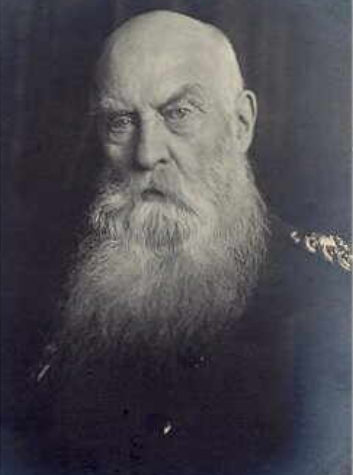
Herzog Georg II is known as the "Theaterherzog". As his theater still stands, his name is still remembered in Germany. On the link-page, I provided some links referring to sites about Herzog Georg II.
The drawings by Willy von Beckerath, which are shown at the top and bottom of this page depict Max Reger as conductor. They were made in the middle of January 1909, while Reger conducted the rehearsal of Brahms' 3rd Symphony in Hamburg. Fritz Stein (1939, page 62) considered the drawings to be very accurate. They reflect the enthousiasm for and the total dedication to music, which was Reger's personal characteristic. Reger had the originals hanging above his desk in his Jena workroom. Unfortunately the sound-recording-techniques of those days, which did record the virtuoso performances of the famous conductor Arthur Nikisch in 1911, forgot to record the performances of his contempory and friend Max Reger.

|
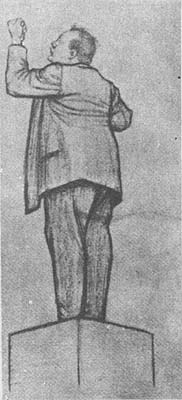
|